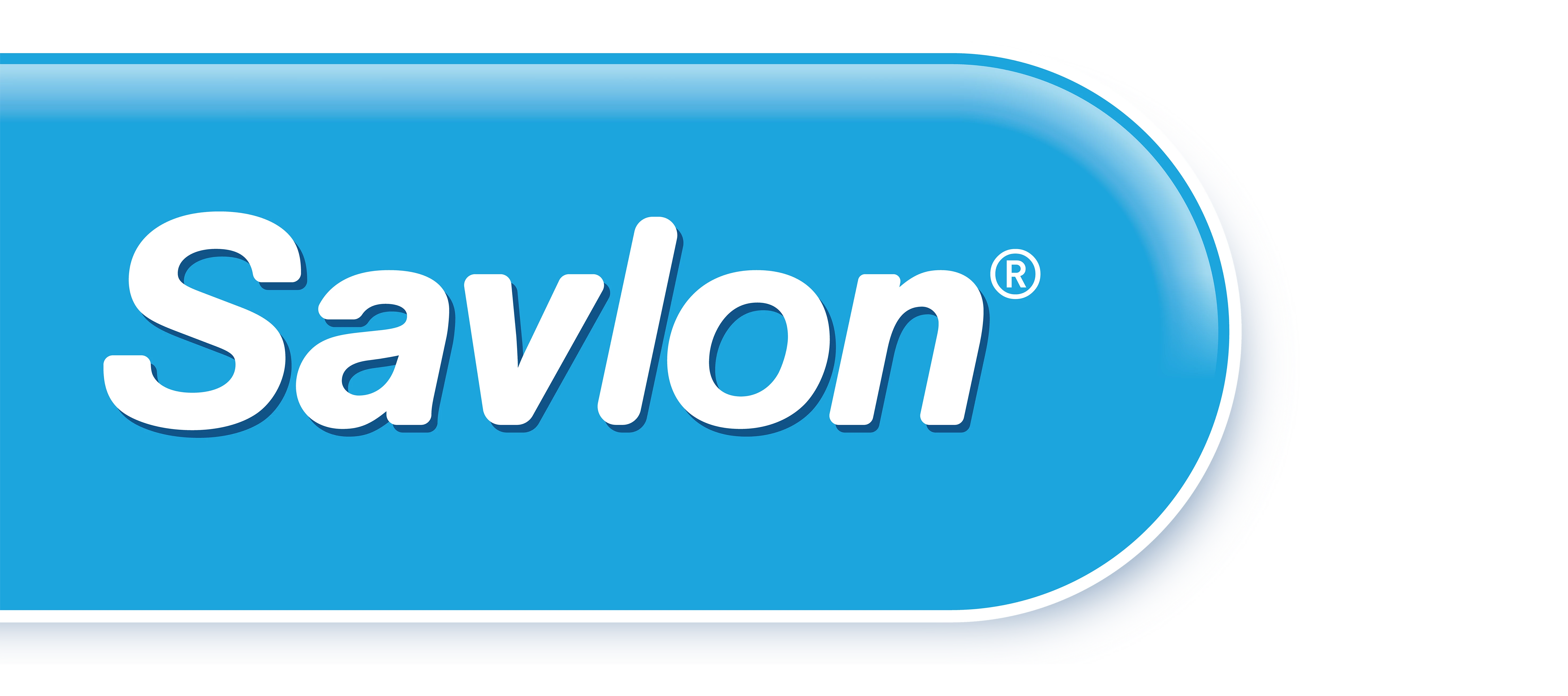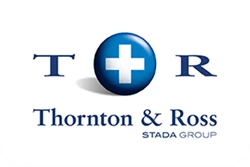Bumps to the head
As toddlers begin to approach school age, they move into an ‘egocentric’ phase where their curiosity peaks. Bumps to the head are one of the common injuries for children this age, particularly when they’re running around. Learn how to ease their pain and get extra help if you need it with our guide.
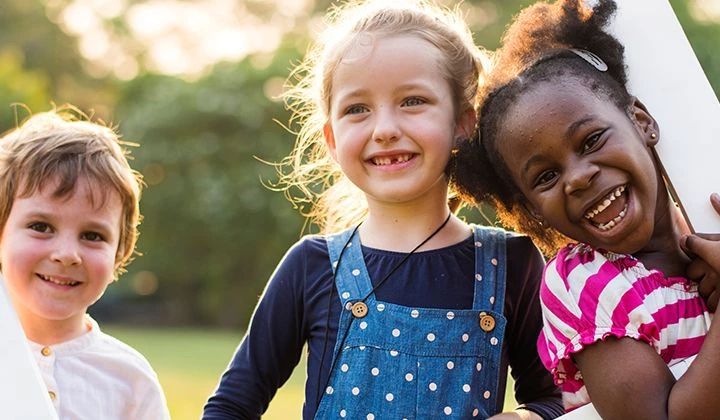
Why do youngsters bump their heads?
First of all, remember that a bump on the head is all part of growing up, no matter how safe your home is. At this age, your babies are still developing and learning motor skills. Their physical strength is increasing and they are discovering new ways to move – often without looking at what’s ahead.
The most common causes of bumps on the head for young children are standard household environments, so they cannot always be avoided. Your little one may fall out of bed, stumble up the stairs, trip over rugs or slip in the bath. They may even have a tumble while at nursery or playing on the swings. Up to nine in 10 head injuries in young children are minor, so very often there is nothing long-term to worry about.

What to do after a bump
When your child bumps their head, the first thing you should do is make a cold compress. You can use a ready-made pad that can be stored in the fridge, or make your own by running cold water over a flannel or paper towel. Hold the compress gently against the bump for 10 minutes.
Your child may be crying or distressed, so try to calm them down by singing, reading a story, or speaking slowly and calmly. You should both try to relax, so get them comfortable by cradling them, and assure them they’re going to be fine.
If your little one has had a bump on the head and is going to be left with a carer, make sure you let them know about the injury. That way, the carer can look out for any serious signs such as concussion.
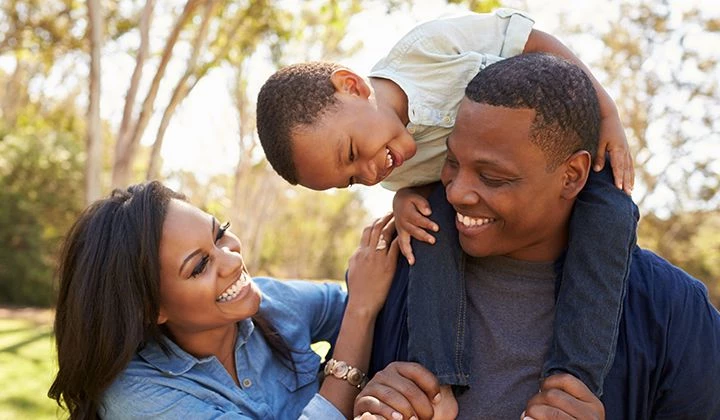
Teaching your children about bumps on the head
Your child will inevitably have a few bumps and bruises while playing with other children. You can teach them to be safe by warning them about the dangers of a bump on the head – and what to do when it happens. Remind your child to always tell an adult if somebody has suffered a bump on the head. You can use a teddy to help.
Rather than teaching your child to find a cold compress, tell them to ask an adult for a cold flannel or paper towel. This may stop them from encountering other hazards, such as trying to open a fridge.
Your child should also be aware of other symptoms which could suggest more serious injury. Remind them to tell an adult if they are feeling sick or dizzy.
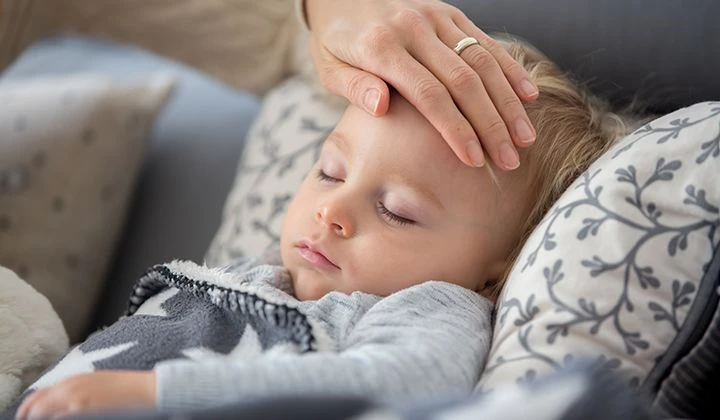
What to watch out for
In rare cases, a bump on the head may lead to a concussion. After you have applied a cold compress and eased any possible swelling, look out for any behavioural changes in your child. Specifically, you should look for drowsiness, dizziness or vomiting. Your child may not always be able to tell you how he/she feels, so make sure you’re observant in the hours following a bump. Likewise, make sure any carers or guardians know.
Concussion symptoms usually occur within 24 hours, but they can present hours or sometimes even days later. If you notice any of these symptoms in your child, take them to the Accident and Emergency department immediately.
Quiz time for parents
What should we do first to make the bump smaller?
Congratulations
You've now learnt all about bumps to the head and how to treat them - you're ready to move on to 'Cuts & grazes'!
